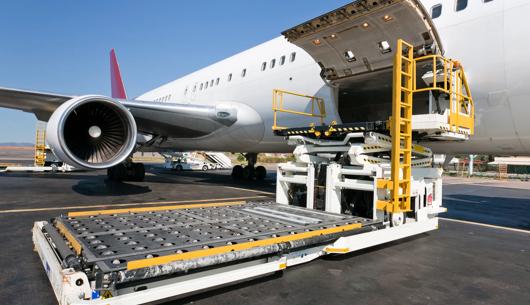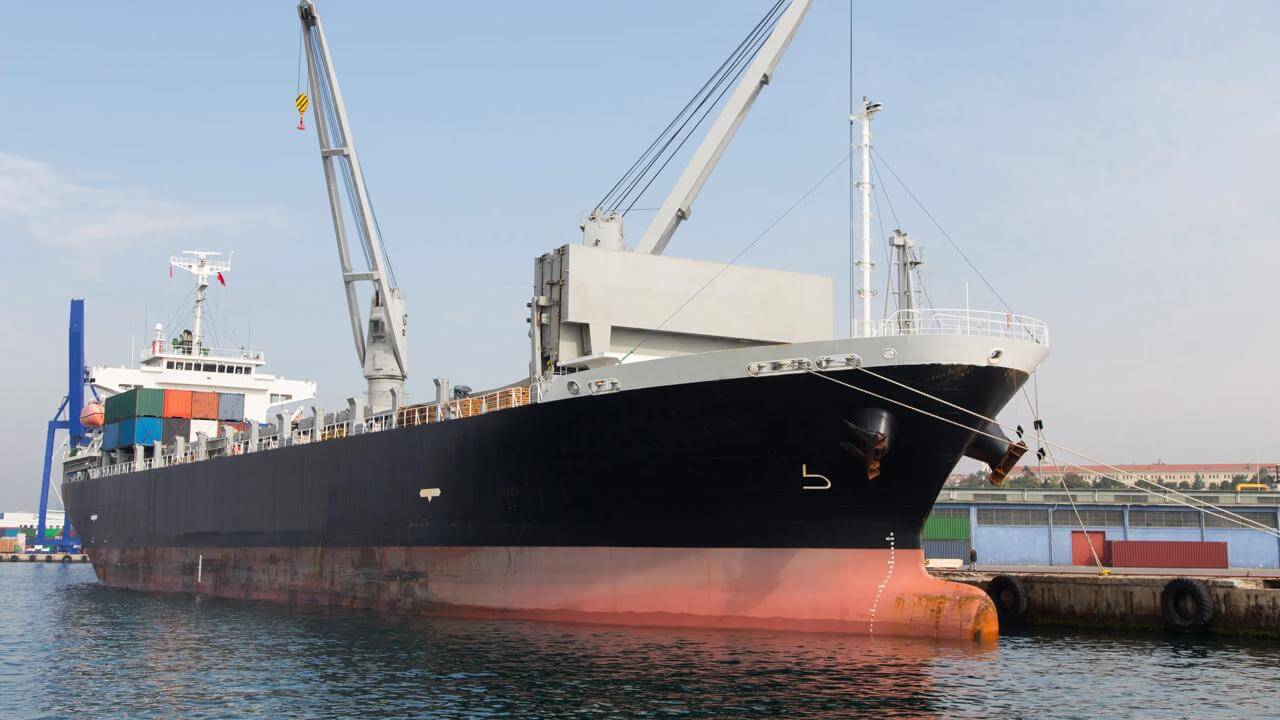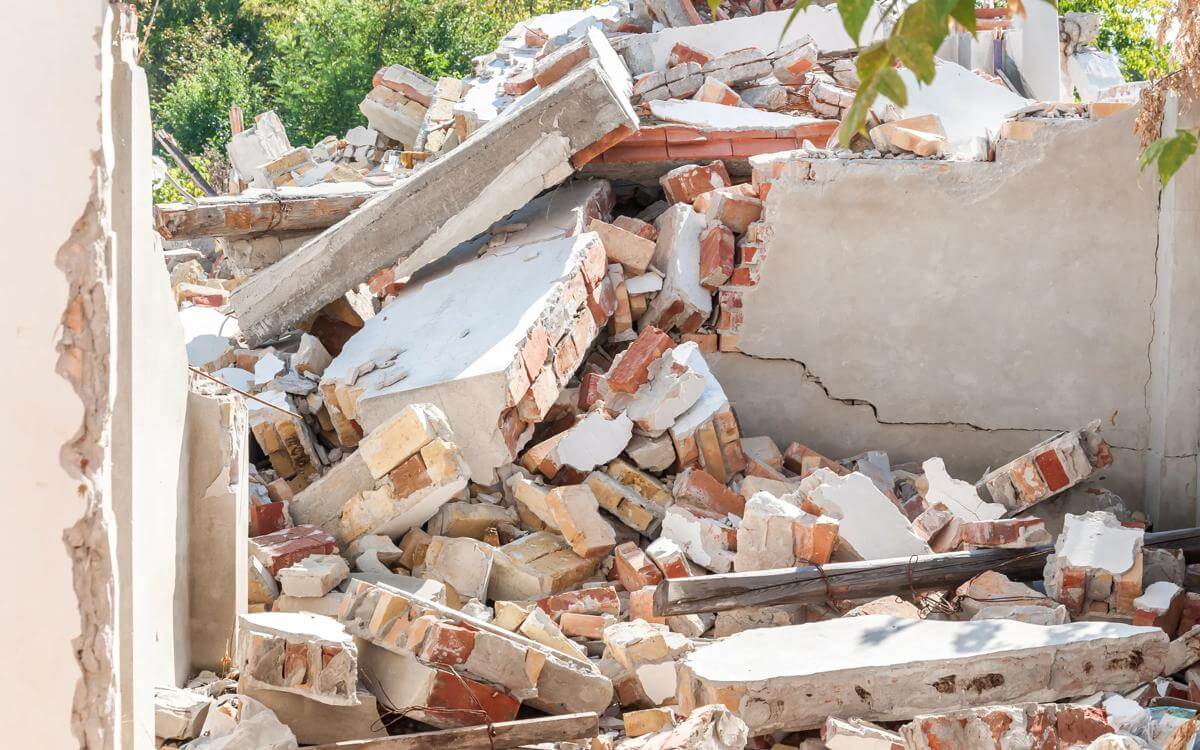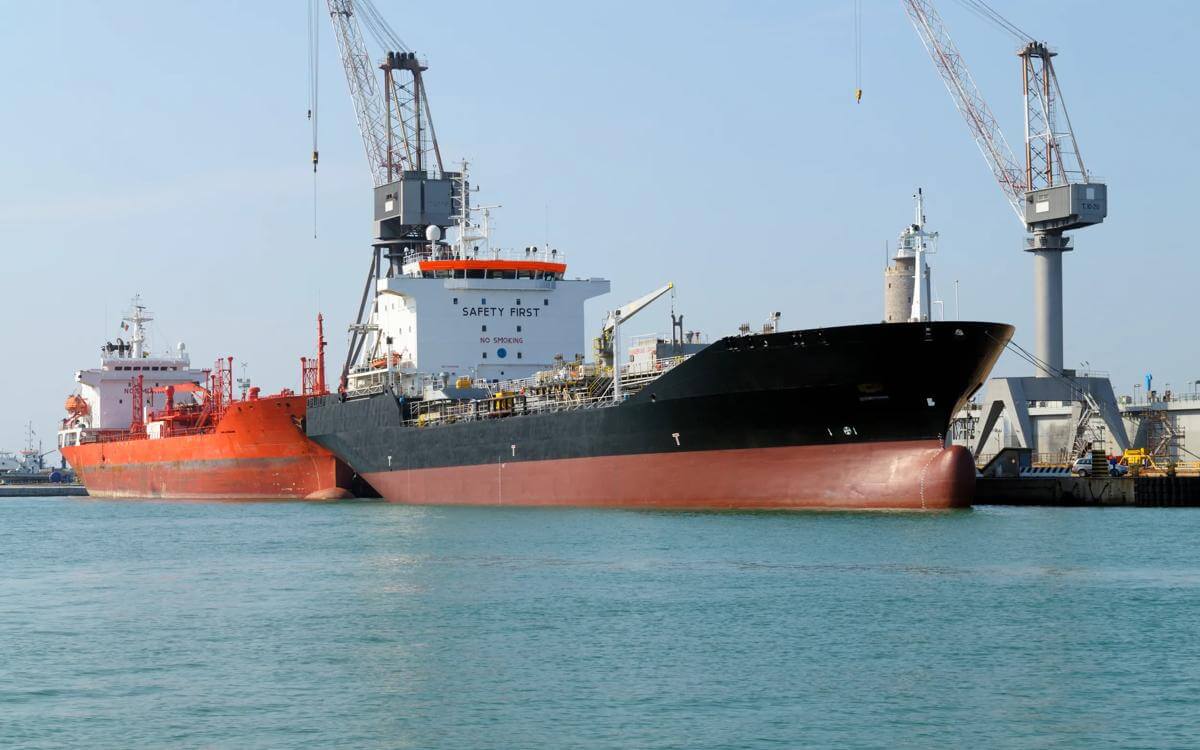From commercial developments to homebuilding, home insurance to the risk assessment of large commercial sites; insurance decisions depend on clear and up-to-date insights.
Ordnance Survey (OS), is able to enrich decision-making with highly accurate location data, bringing certainty and confidence to the process.
OS uses machine-learning models to collate data from a number of different sources of information and provides important locational information to the Fire and Rescue Services. It has been expanding and enhancing its OS National Geographic Database (NGD) Buildings dataset over recent years. It now records:
- the existence of nearly 47 million floors in office and residential buildings in Great Britain;
- basement presence data;
- interactions with bridges;
- additional access information;
- roof data, providing insight into roof shape, aspect, material, green roofs and presence of solar panels;
- building age; and
- primary building construction material.
The expanding datasets benefit emergency services, as they give improved situational awareness and insight around fire risk management. The more information fire services have access to, the better they can plan and prepare before or during an incident.
The data provides a greater understanding of the risks to building structures and the surrounding population, which assists with rescue planning. This can facilitate better emergency planning for more complex sites with multiple access points, such as schools, hospitals, factories and industrial sites.
In response to some of the data released just last year, Steve Taylor, Strategic Data Lead at the National Fire Chiefs Council, said:
"Fire Services have always made great use of the data that OS provides to enable them to respond to incidents and to understand the risk in their communities, but the new data being released by OS far exceeds anything that has come before. In particular, data such as numbers of floors in buildings and details around access points to sites will really help ensure that we can help keep our communities safer, both in planning and responding to incidents, and in trying to prevent them happening in the first place."
What does this mean for insurers?
OS's increased data coverage is a benefit for both emergency services and insurers. Fire and other blue light services are at the forefront of responding to any number of incidents including wildfires, flooding and terrorism. Their effectiveness is important to insurers in reducing the cost of incidents, analysing risk and setting premiums.
The additional layers of information which OS provides enables the fire services to more effectively support the safety of Great Britain. More effective emergency response has clear benefits for insurers. Accurate mapping data is integral to the delivery of many of the fire services’ tasks.
Geospatial data combined with artificial intelligence is emerging as an integral part of risk analysis, as insurers move away from analysing risk based on traditional paper proposal forms towards more dynamic risk modelling and the use of third party data.
Contents
- The Word, August 2025
- Lutz v Ryanair: What does the latest case on agency workers mean for EPL insurers?
- Template binder update: Profit commission clauses
- Admiral sets aside £50m for customer compensation
- Aon calls for national AI regulation framework
- Questions insurers should be asking about their clients' AI usage
- The Arbitration Act 2025: What does it mean for insurers?

Tim Johnson
Partner
tim.johnson@brownejacobson.com
+44 (0)115 976 6557










































